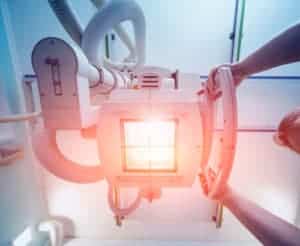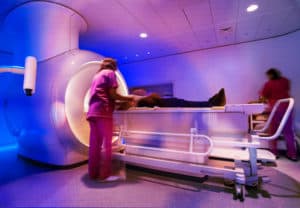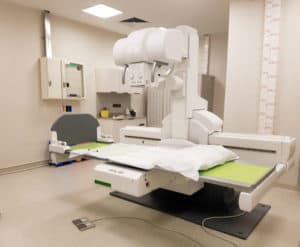One of the first things you are likely to do after an accident is evaluate yourself (and any passengers) for car accident injuries. If you’re lucky, nothing but some cuts and scrapes will be apparent and after an assessment by the first responders, you’ll be able to move on to dealing with police reports, insurance companies, and mechanics. But what you may not realize is that a lot of common car accident injuries aren’t apparent for hours or days after the accident. This is why after an accident, it’s important to visit an Atlanta imaging center to fully assess your body for any injuries you may have sustained. The scans that you will need may vary based on a doctor’s evaluation, but there are some common ones you will likely see.
X-Rays

CT Scans

When undergoing a CT scan, the patient may be asked to ingest or be injected with a special dye that can help to highlight specific body parts or injuries during the scan.
While CT scans are typically used to identify infectious diseases, cancers, and cardiovascular issues, in car accidents they are looking for specific injuries. Internal bleeding, injuries to internal organs, or broken bones can all be identified by a CT scan.
MRI

MRIs can show things that will not be present on an x-ray or CT scan, like bulging and herniated discs or other back and neck injuries.
While they are more involved than other scans, MRIs are typically performed as an outpatient procedure that does not require sedation or medication. In some cases, patients will ingest a dye during this procedure similar to that of a CT scan.
Which Scans Do I Need?
After any car accident, you will most likely have an x-ray taken as an initial precaution. These convey a lot of information quickly and can help to prevent damage from worsening. If the car accident was severe, or you may have head trauma, a CT scan will likely be performed to diagnose not only broken bones, but also concussions or any internal trauma. However, if you were suffering from a bulging or herniated disc, or a tear to your cartilage or muscles, neither an x-ray nor a CT scan would show those things. An MRI can be used to show more precise injuries, like a torn rotator cuff.
Fluoroscopy
An inn
At the AICA Orthopedics Atlanta imaging center, we make use of both classic and cutting edge technology to ensure you are getting the most accurate and advanced diagnosis possible. With that information, our doctors are able to not only diagnose effectively, but also treat patients with customized plans. The team at AICA Orthopedics combines these imaging technologies with the work of doctors, chiropractors, physical therapists, and other specialists to create the most comprehensive care plan possible. Our goal is to not only identify the source of your pain but determine the best way to treat it.
